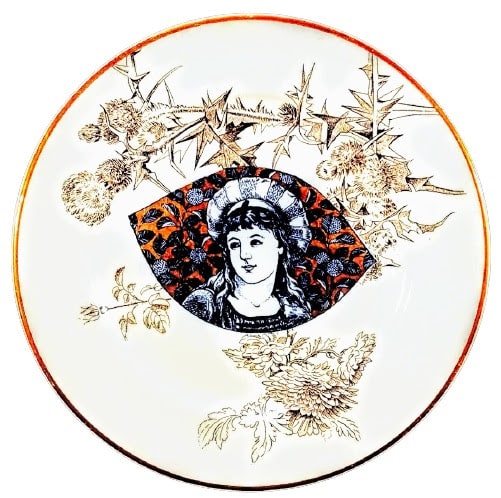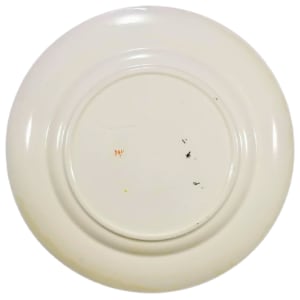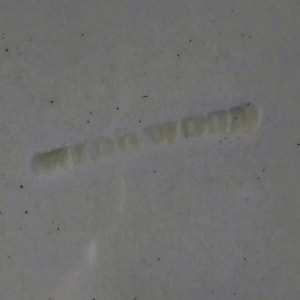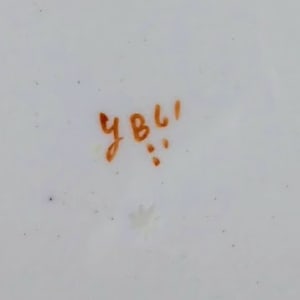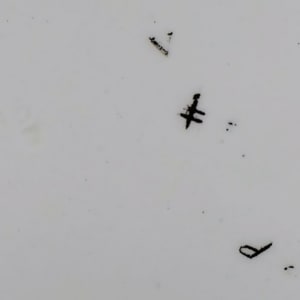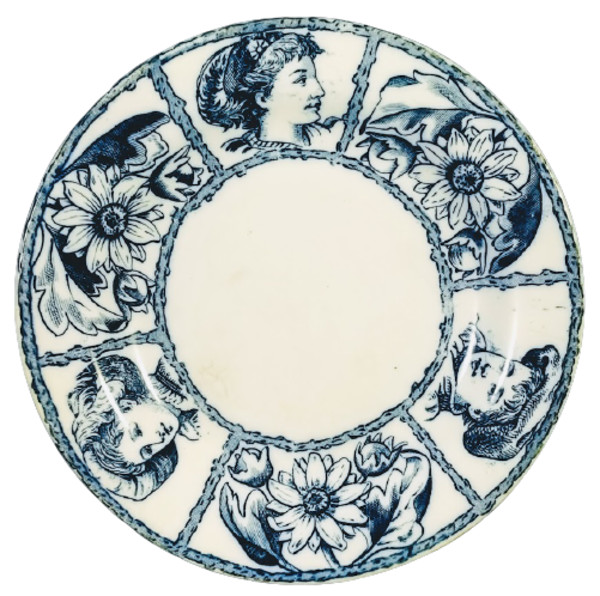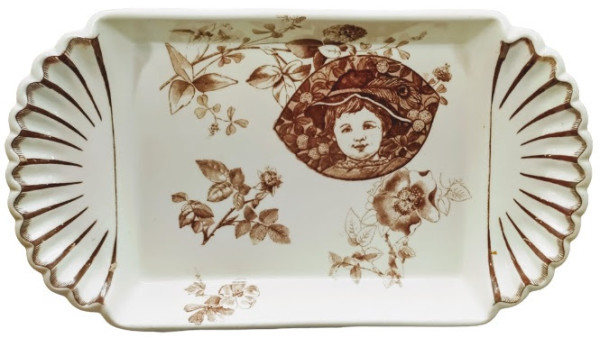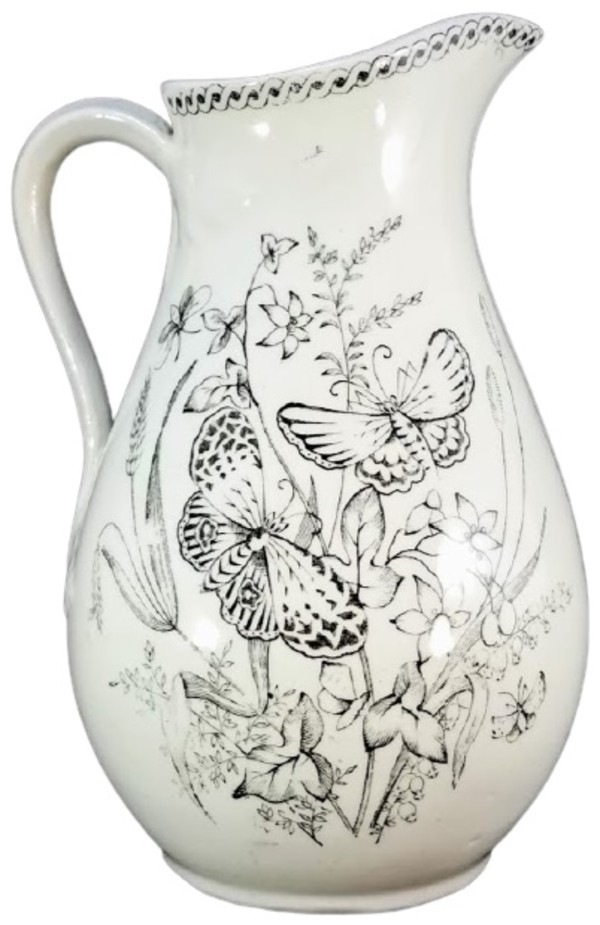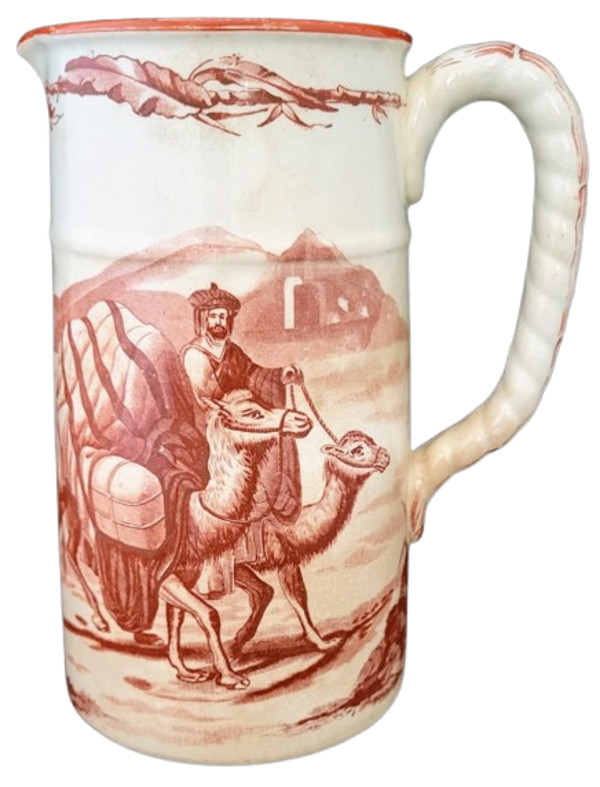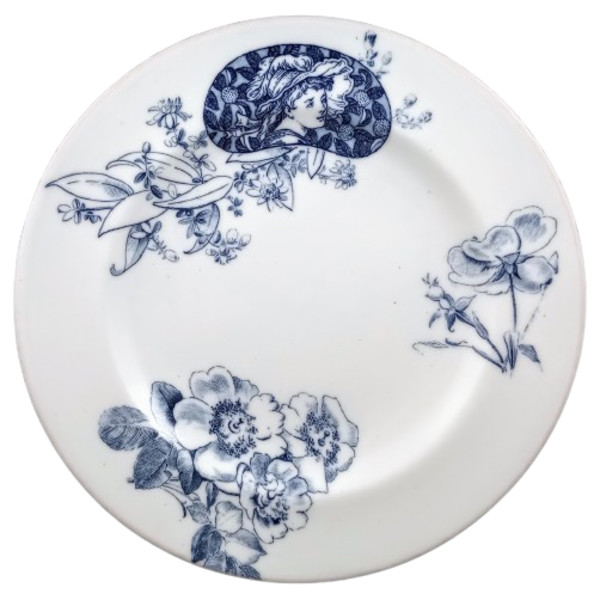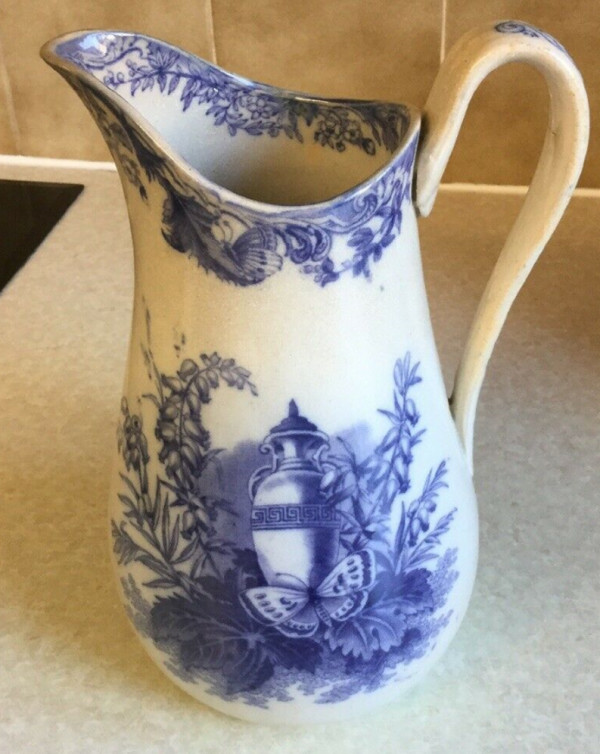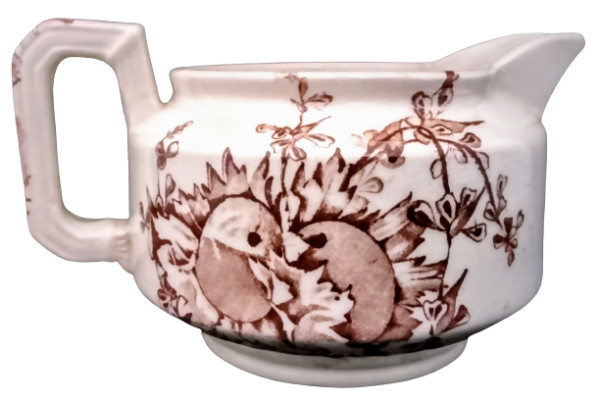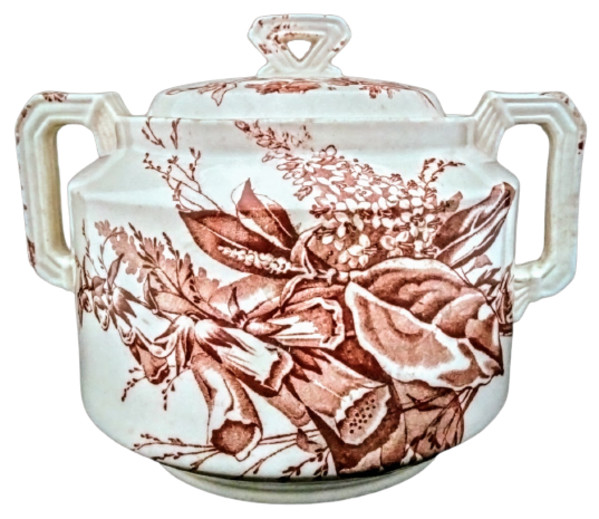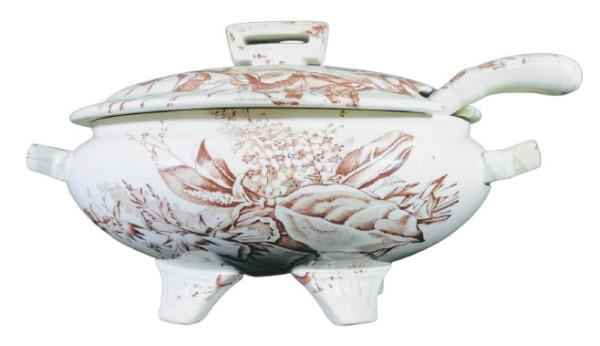- Josiah Wedgwood
- Unnamed (Cameo Head), 1883
- Earthenware
-
Not For Sale
Plate, brown and black transfer with gilding. Impressed maker's and date marks for Josiah Wedgwood. The painted "Y861" on the reverse gives the pattern number with the prefix Y, indicating Bone China Tea Ware 1879-1891. The central image of this pattern is one of several "Cameo Heads" designed by Thomas Allen, c. 1883. The cameo head hear features the bust of a young woman dressed in Renaissance costume, set within a lemon-shaped cameo and a background filled with round fruit and leaves on a gold base. The cameo is superimposed above thistles and chrysanthemums printed in brown. The border consists of a simple gilded line.
Josiah Wedgwood was born in Burslem, Staffordshire, on July 12, 1730, into a family with a long tradition as potters. At the age of nine, after the death of his father, he worked in his family's pottery. In 1759 he set up his own pottery works in Burslem. There he produced a highly durable cream-colored earthenware that so pleased Queen Charlotte that in 1762 she appointed him royal supplier of dinnerware. From the public sale of Queen's Ware, as it came to be known, Wedgwood was able, in 1768, to build near Stoke-on-Trent a village, which he named Etruria, and a second factory equipped with tools and ovens of his own design. At first only ornamental pottery was made in Etruria, but by 1773 Wedgwood had concentrated all his production facilities there. During his long career Wedgwood developed revolutionary ceramic materials, notably basalt and jasperware. After Wedgwood's death in Etruria on January 3, 1795, his descendants carried on the business, which still produces many of his designs.
- Subject Matter: Aesthetic (Cartouche)
- Collections: Aesthetic Transferware, Josiah Wedgwood
